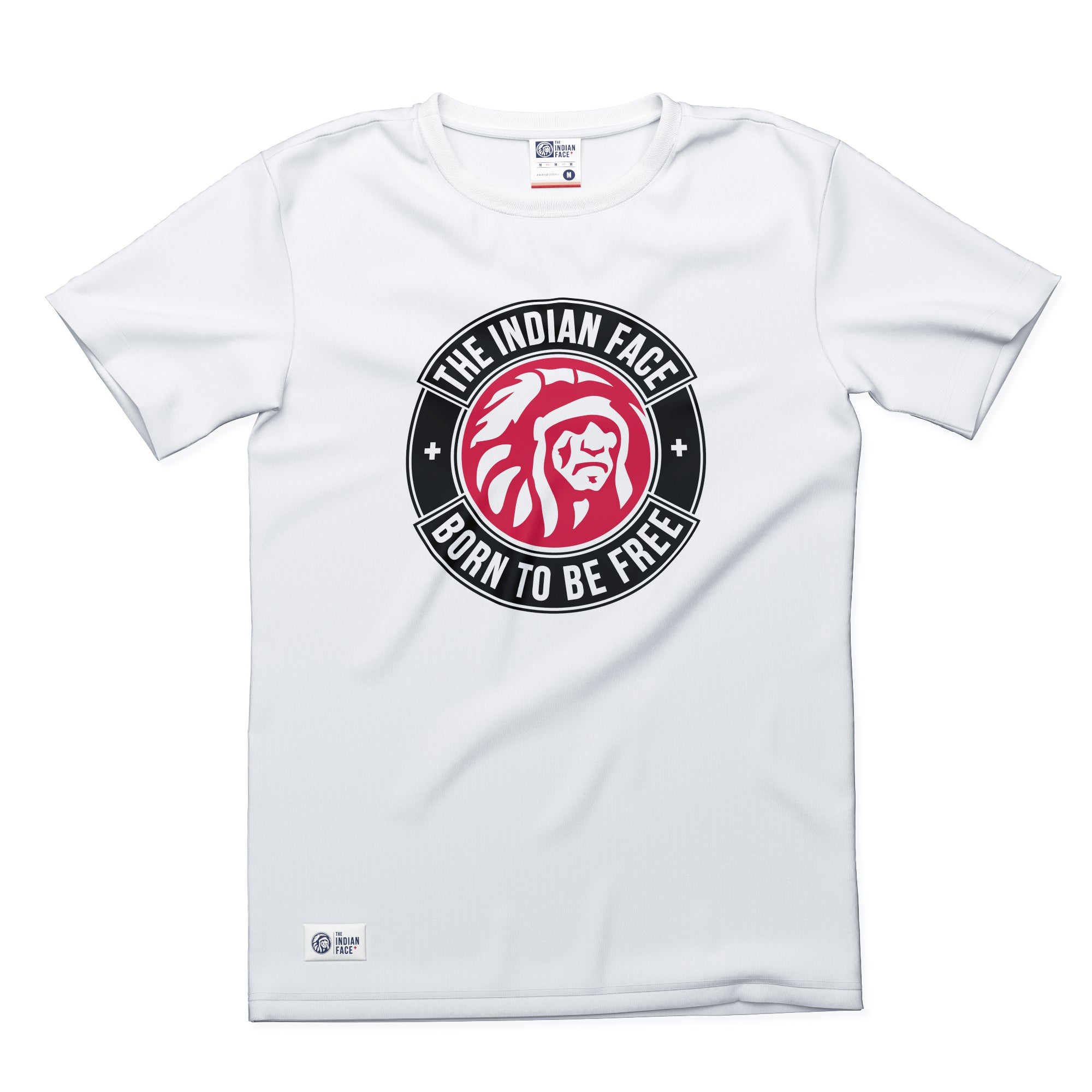Surfing is a sport that is born in nature, it uses its water, its waves and its wind, and it is very important to respect these elements. Today we must, more than ever, be aware of our commitment to the sea and the environment and it is clear that we are becoming more and more aware of this aspect.
Every gesture counts; from giving new uses to our surfboards, to completely renewing them to continue using them or buying boards 100% made from recycled materials.
We give you some ideas to give your surfboard a new life so you don't have to say goodbye to it:
How to completely renew your surfboard step by step?
It all starts with trimming, retouching, reshaping and changing the fins… but the process can get complicated along the way. To help you do it right, we'll show you the steps to follow so you can renew your old surfboards and get a perfect result:
- Clean the entire surfboard: This will help you to discover any faults, such as dents, cracks in the fibre, problems with the lamination… It will be easier if you remove the fins. Do this with a cloth and a scrubbing brush and discover how much work you have ahead of you.
- Start sanding: Once you have cleaned your surfboard, you will have a much clearer idea of how damaged your board is and where the damage is.
- Remove the fiberglass: Use a suitable tool and only use it on those areas of the board where there are a lot of bubbles or air accumulated between the fiber and the foam. Be careful not to remove any glass fragments that are still stuck to the foam of your surfboard.
- Use resin: There are many resins suitable for this type of repair, which you can use to fill in the part that has been left without fiber. Make sure it covers the whole area, including the edges. Let it dry overnight. You can also apply the resin to any other cracks or fissures you find on your board.
- Apply the fiber patches: Once your board is completely leveled, apply the fiberglass patches over the areas where you used the resin you previously removed. Cover it with plastic and press it against the fiberglass. When dry, remove the plastic.
- Lightly sand the surface of your board: Make sure everything is level. Use another special resin mix to fill it and when it is dry, sand it again.
- Paint your board: Once remodeled, you can color it and put all your creativity to work!
Below, we leave you a video where you can see how to renew a board from scratch:
How to recycle the paraffin from my surfboard?
Another element that can also harm the environment is the paraffin on your board. To give this wax another use, we show you how you can extract it from your surfboard and what material you will need:
- A brush for wax (paraffin).
- 1 empty container, preferably metal.
- 1 clip.
- 1/2 tablespoons of coconut oil.
- 3 drops of food coloring (this is optional).
- 1 hard silicone mold.
Steps to follow to remove wax from a surfboard:

1. Remove old wax or paraffin from the surfboard:
Old wax is a problem. It adds weight to the board, loses grip and becomes useless.Ideally, we should remove paraffin residue every time we go surfing, but often, out of laziness or impatience to get into the water, we put it off and in the end a lot of it builds up.
Removing wax residue from your surfboard doesn't take long. The first thing you should do is put your board in direct sunlight (if the weather permits). The wax will melt quickly. If the weather is not favourable and the sun is not shining, pour hot water on the board or use a hairdryer to warm up the wax.
Simultaneously, begin scraping the board with the edge of your wax brush. Establish a pattern; either start from the tail and work your way to the nose, or vice versa. Continue this process until you can clearly see the original color of your board.
Finally, spray the board with a degreasing spray specifically for this purpose and clean the board until it is completely dry. If you don't have the spray at home, you can make your own: apply pure coconut oil to the board or sprinkle sand from the beach and remove every last grain with a wool towel.
2. Put the paraffin in the metal container:
Collect all the wax you've removed from your board and put it in the container. You can add any leftover wax from wherever you store your board, or even from the trunk of your car if that's where you transport it.
3. Boil water and add the spoon of coconut oil:
Boil some water and pour it into the jar with the wax. This will make the wax liquid. Once the wax is melted and the liquid has formed in your jar, add the coconut oil. Add a few drops of food coloring as well, if you want, to give the wax a new look.
4. Finally, pour the wax into your chosen silicone mold. This way, your wax will adapt to the shape of the mold and you will have a beautiful decorative candle made from recycled paraffin.
How to paint my surfboard?

Painting your surfboard can be an amazing therapeutic exercise, because you can give your board a new personality in case you no longer like its design or its original color has faded due to wear. Put your creativity to work and say who you are through your board!
To paint your surfboard you will need:
- Color painting
- Permanent markers
- Paintbrushes of various thicknesses
- Cartons
- Rag or kitchen paper
- Hair dryer
- Piece of string
- Anything that can be used to draw curves
Steps to paint my surfboard:
- He first step is drawing your designs on cardboard. Use whatever tools you need to perfect the shapes, curves or more difficult details of your design.
- He second step is to cut out the shape of the drawing from the cardboard.
- He third step is that you start painting your board, with the help of a paintbrush. This way you will be tracing the background of your design.
- He fourth step It is as follows: once you have established the background, you will need to set the paint with the help of heat (you can use a hair dryer).
- He fifth step It involves using permanent markers to outline the contour of the drawing.Use the templates you have previously cut out, as well as other accessories that can help you perfect your design.
There are a lot of options when it comes to the paint you can use on your board. The most common ones are::
- Water-based paints: They dissolve in water, have little smell and are easy to use and clean. If you intend to surf with it, it is best to protect the painted area with lacquer or varnish. In this section we can also include acrylic paints, tempera, inks and watercolours.
- Solvent-based paints or enamels: This is the kind of paint you would use to paint a garage door or a bicycle. This type of paint is usually more dangerous and difficult to use, but it has the advantage of being much more durable.
- Aerosols: Although the main manufacturers are already launching water-based paint sprays on the market, it is more common to find solvent-based sprays. They are characterised by their quick application and drying, and by the durability of the finish.
What other uses can I give to my surfboard?

Instead of throwing away your surfboard, why not integrate it into your room? You can place it vertically on your wall, as a mere decorative object, so that the memory of the waves you rode in the past is not completely erased.
If your home is decorated in a fresh, slightly vintage style, and exudes a spirit similar to the sea breeze, you can put the surfboards on the wall of the living room, bathroom or even kitchen. Unlike other types of paintings or room decorations, which often tend to give an impersonal air to houses, and make it seem like you are in a furniture store instead of the place where people really are, without ornaments, putting your surfboard as a decorative element will give a renewing and original air to your rooms, and of course, it will give it much more personality and you will feel more at “home”, it will have your essence!
Another original idea is to turn it into a hanging shelf, tying the board to the wall so that it doesn't come off, or you can even turn it into a bookshelf. This way, you'll give a different and very practical style to your room. You can dedicate that corner of your house to the world of surfing and the sea... you surely have shells and sand from the beach at home that you've been saving year after year. Put them in a jar and put them on top of your board-shelf. If you have a photo of yourself or a loved one surfing, it's time to print it, frame it and place it next to the jar of shells. You'll create your own little tribute to the waves from home!
Don't throw away the fins either! Use them as bookends. It's a very simple idea, but very recurring and visual. Take a stack of your favorite books and place them between your bookends. They will be safe and they will be fulfilling a very useful function. When you have guests over, they will surely notice your idea!
Another great idea is to turn the keels into coat racks to hang your clothes when you get home, or your keys... or your mask!
If you have an old wooden surfboard, you can keep the nose and, after a little tuning, you can turn it into a wall clock. Peculiar, curious, but certainly cool, and, above all, different.
Another of the coolest, and easiest, things you can do with your surfboard is to turn it into a table. Imagine, on a Saturday, with friends in your living room, having an aperitif on a surfboard with legs. People will want to come back.
If you have more than one surfboard, and a double bed… Turn them into the headboard of your bed! You will wake up feeling like you are somewhere in the tropics, warm and with the whole day ahead of you to surf.

Recycling polystyrene surfboards
Resurf Project is an ecological project whose aim is to reuse polystyrene surfboards. This is the first project in the world that seeks to produce new surfboards using old or used surfboards that cannot be returned to the water as base materials. It doesn't matter the characteristics or type of board, all of them are valid: stand-ups, paddle surf boards, surfboards... even bodyboards.
The “Resurf” project contributes to environmental protection and also directs the sliding sports sector towards a more sustainable area of operation and production, which is necessary, since we are operating in a sports field that represents a lifestyle with a particular relationship with the ocean and nature.
Approximately 400,000 surfboards are produced worldwide each year. However, when a board breaks, it is disposed of without being given a new chance, so 100% of the surfboards or bodyboards we use end up buried or incinerated.
Although polyurethane boards cannot be reused, polystyrene boards do offer this opportunity. These are the boards used by surf schools, lifeguards, and also by many practitioners of sliding sports.
In addition to giving new uses to our old boards to help the environment and to be more aware that things don't stop working so quickly, there are initiatives that are responsible for creating surfboards using mainly recycled materials.
We leave you below this impressive initiative:
Gloria and Ángel Rodríguez Arnal are two young artists who created an open and undulating project, like waves, eight years ago. They called it 'Connecting the corks'. .
The aim of this project is to offer clean alternatives, to recycle and to make use of wasted raw materials. This is where the use of cork comes in: In Spain, more than 2,500 tons of cork stoppers are thrown away every year. This material has ideal properties to become the core of surfboards.
When the corks are recovered, they are classified by size, “each cork has its own personality and its place on the board,” and they are They are placed in hexagons to form the structure of the board, thus reducing its weight. "A technique that we have learned directly from bees, nature is undoubtedly a great teacher in design and engineering,” explains the company’s co-founder.
More than 5 years ago, the team patented the first Blank 100% made of cork. This is how the first alternative was born to an industry that was not manufacturing its products with sustainable materials, but with very unhealthy elements that generate a great environmental impact, far removed from the natural essence of original surfing. What a great and sustainable idea! Did you already know about it?

Now that you know the endless opportunities and options you have to do your bit for the environment, and not only preserve, but give a second life to your surfboard, which of all the ideas we have offered you are you going to stick with?

















































